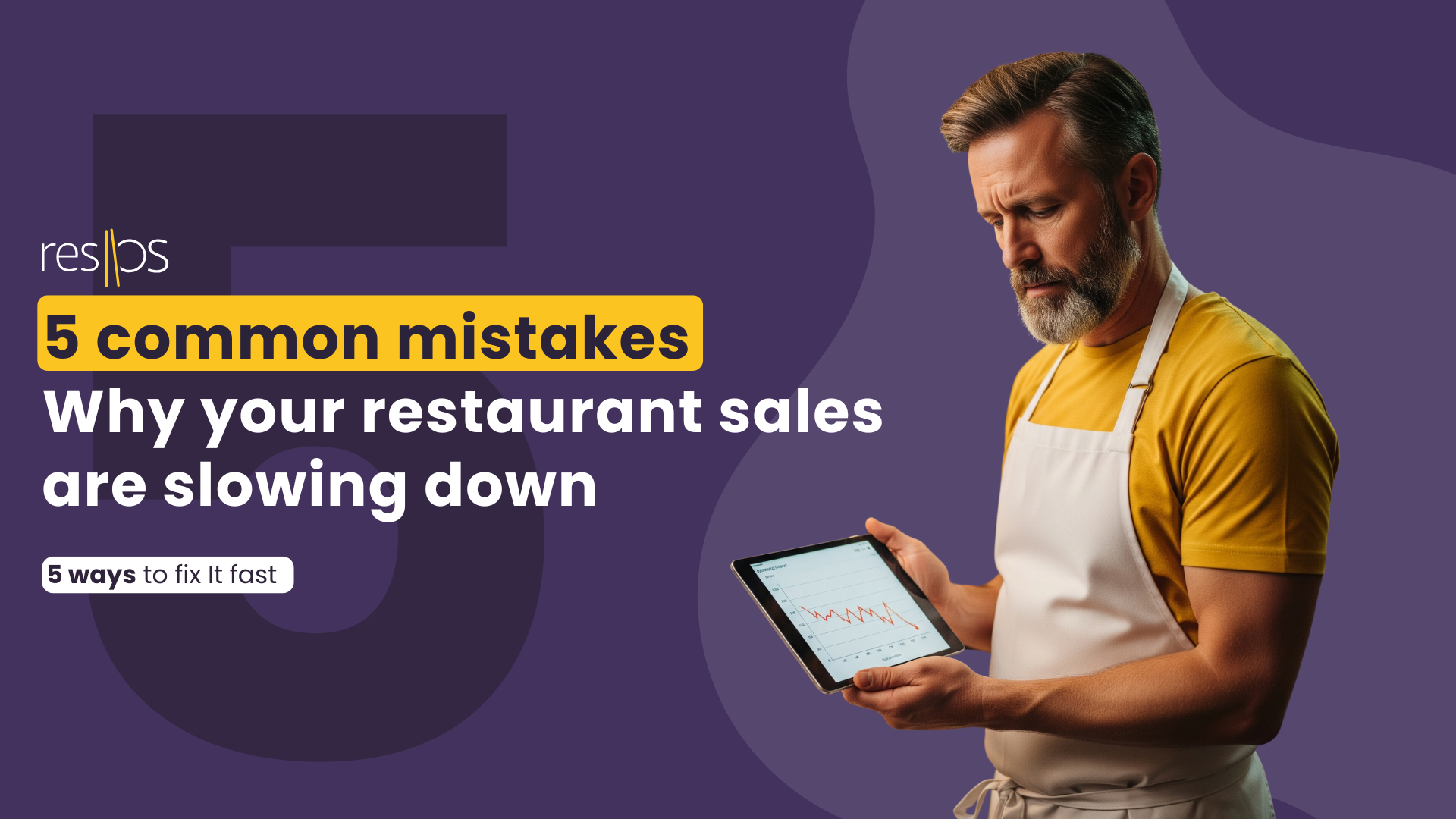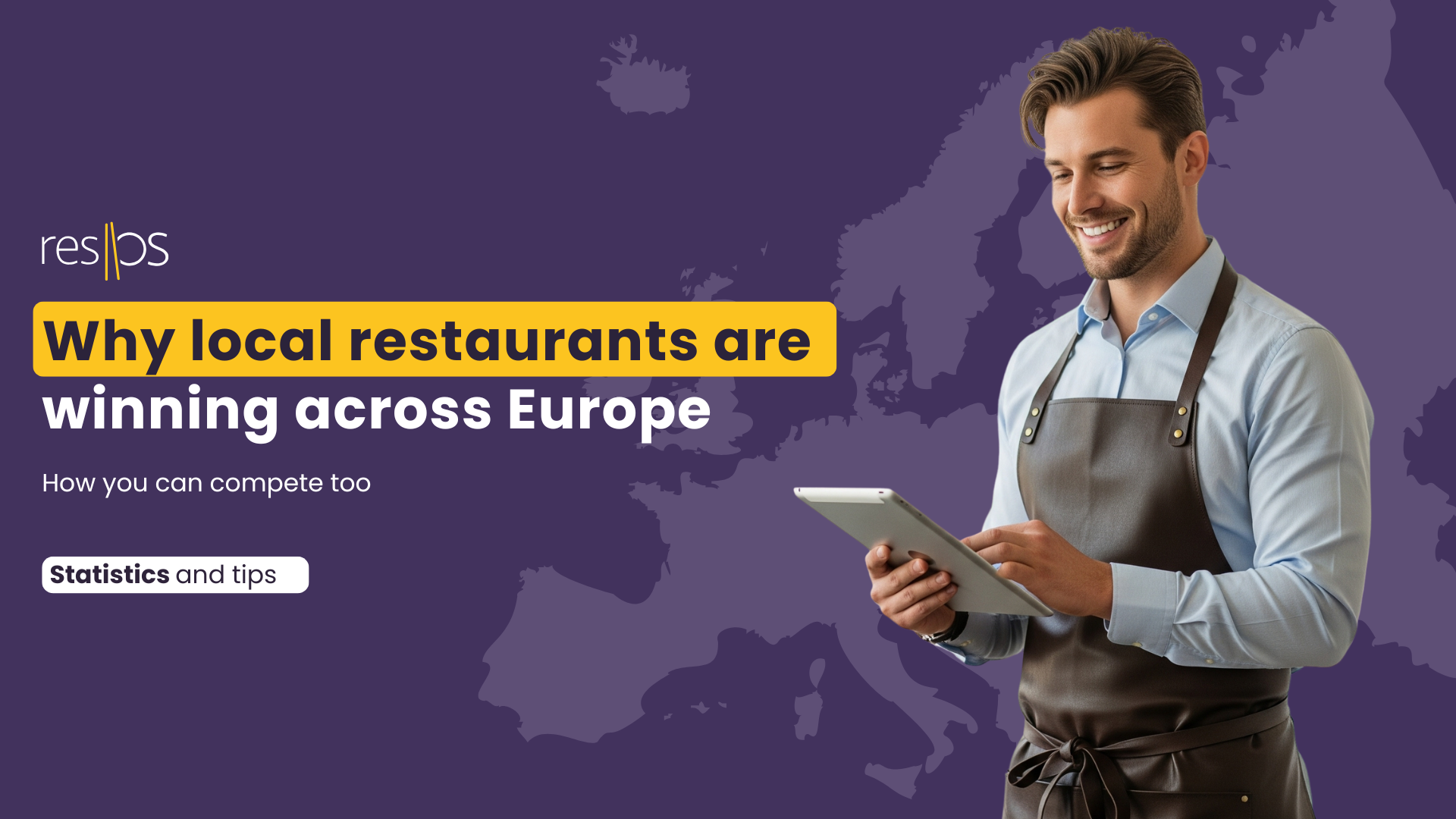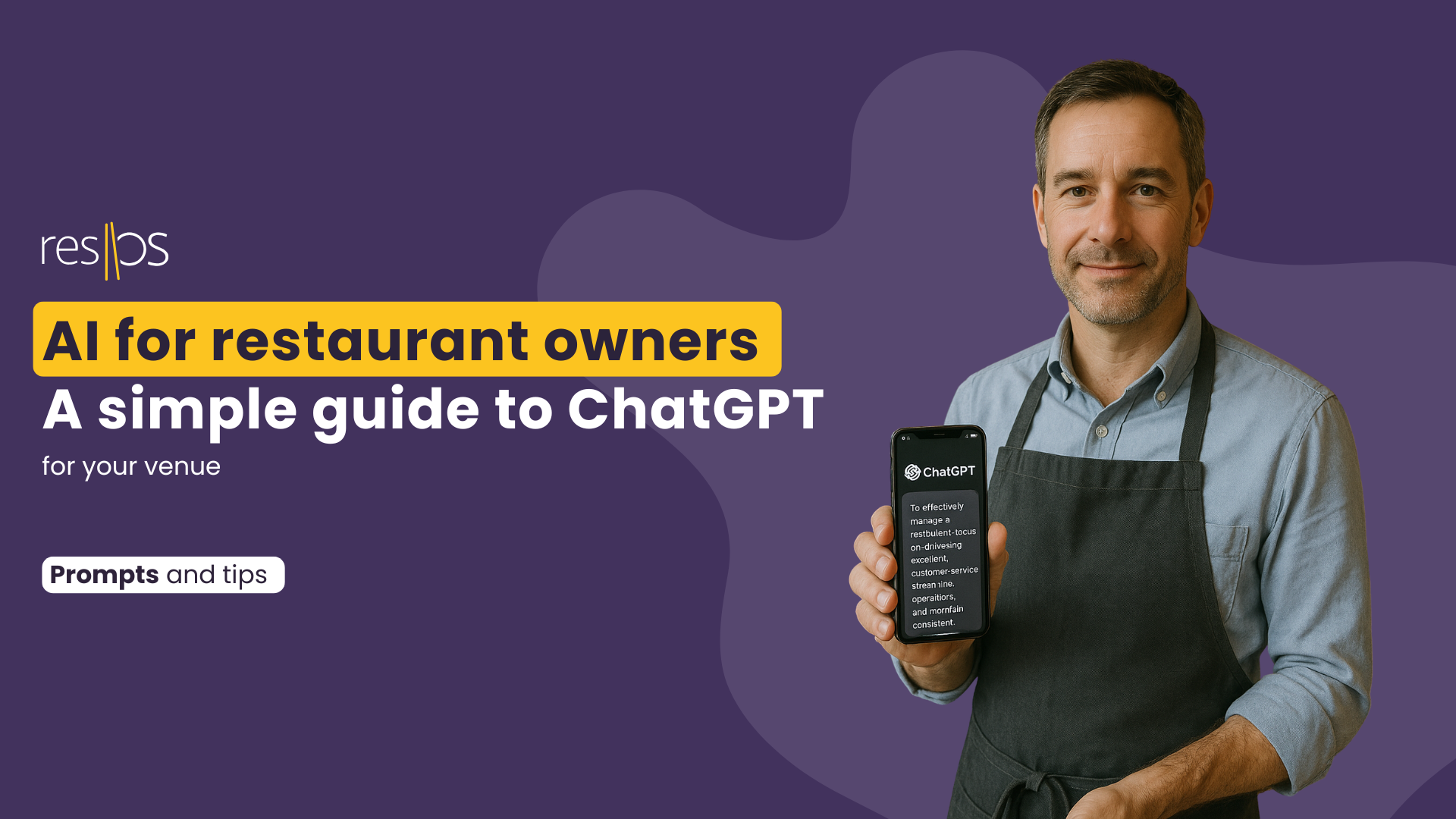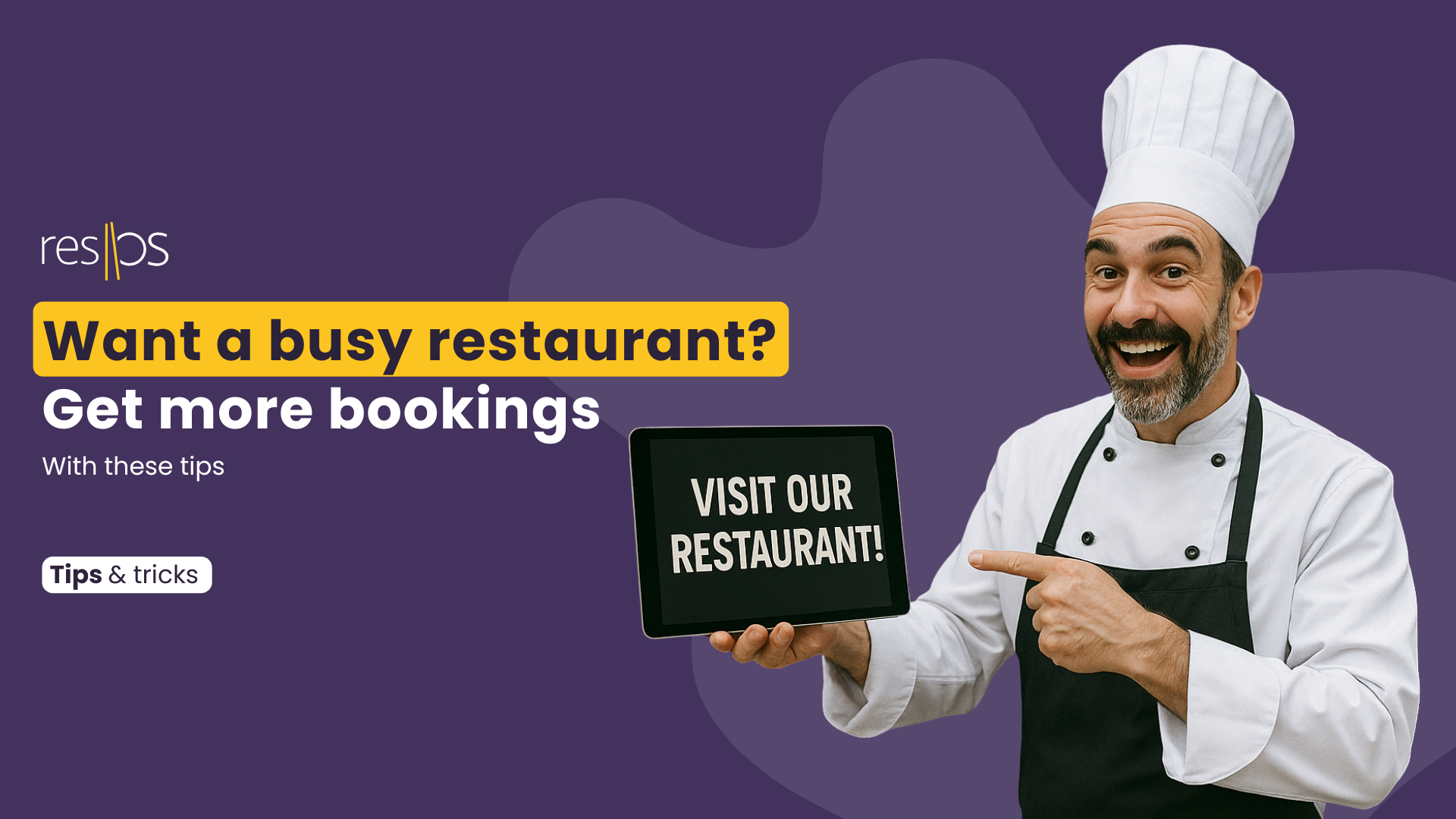Empty tables? Let’s change that
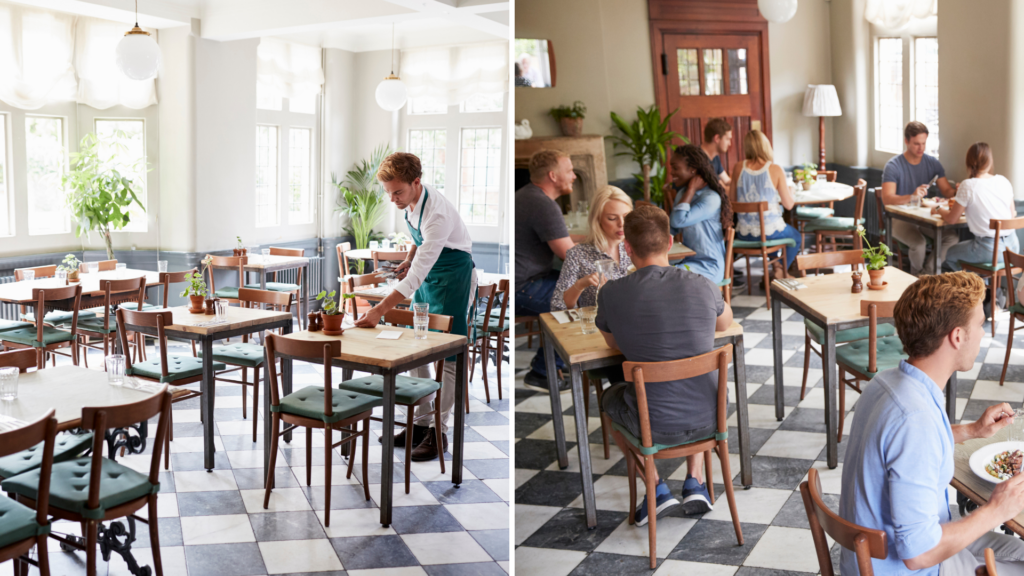
Running a restaurant means juggling a lot—staff, menus, customers, and of course, sales. And no matter how great your food or service is, you’ll face quiet periods.
But don’t let slow days become the norm. Instead, take action.
In this guide, we’ll explore practical and easy-to-follow strategies for how to deal with slow sales in a restaurant.
We’ll also show how resOS can support your recovery and growth.
Mistake #1: Having a complicated menu
A huge menu can confuse diners and slow down the kitchen. If some dishes hardly sell, they’re just taking up space (and budget).
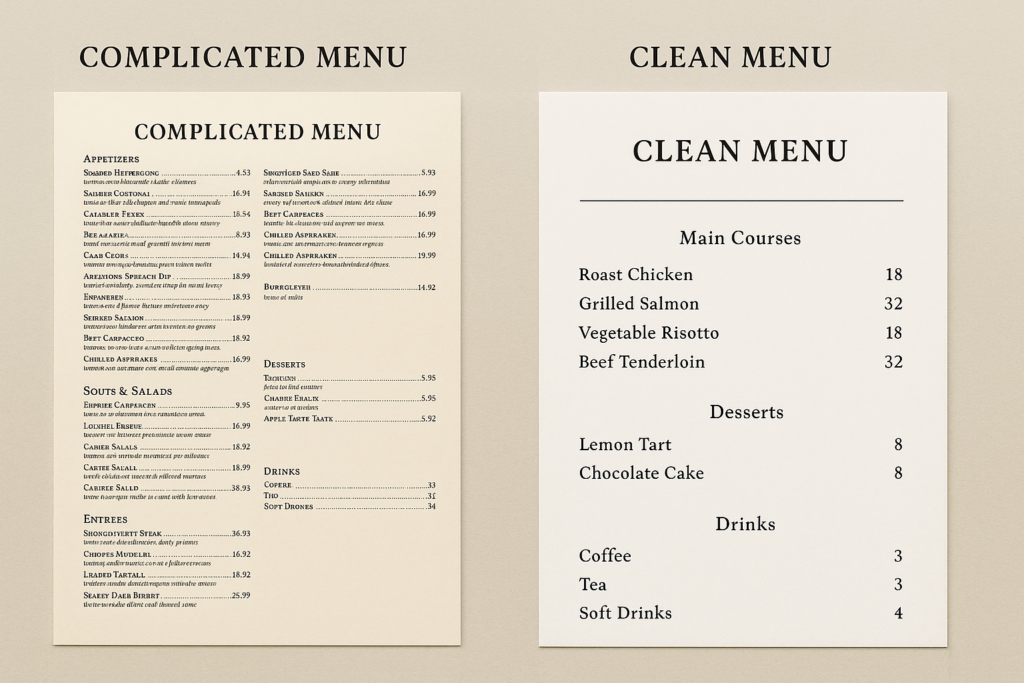
What you can do:
- Focus on your best-selling dishes
- Rotate seasonal or weekly specials
- Highlight profitable, easy-to-make items
Real example: A steakhouse owner explains on Reddit that keeping a focused menu helps keep food costs low and consistency high. With only around 24 main items and a strict policy to remove one dish for every new one added, they keep waste under 3% and maintain a food cost of 33.2%—very close to perfect.
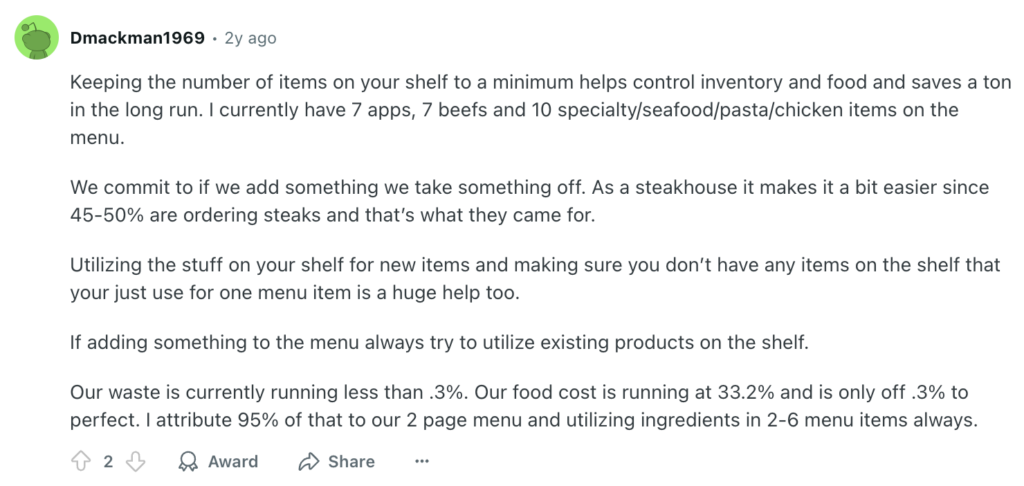
Real example: The other restaurant owner highlights the value of a smaller menu for maintaining food quality and reducing staff stress. With fewer dishes, it becomes easier to market, turn over inventory quickly, and run consistent service.
They also stick to a rule: when one dish is added, another is taken off.

Mistake #2: Wasting space with poor table layouts
An awkward floor plan can cost you valuable seating. Every square metre matters—especially during peak hours.
What you can do:
- Rework your floor plan for better flow
- Mix small and large tables to suit different groups
- Add outdoor seating if possible

Reddit Insight: Restaurant owner shared a smart piece of advice—avoid table setups where servers can only approach from one side. It often leads to accidents like food or drinks being spilled on customers, which is easily avoidable with better design.
With resOS: Our visual floor plan tool helps you organise seating in a few clicks, with drag-and-drop functionality.
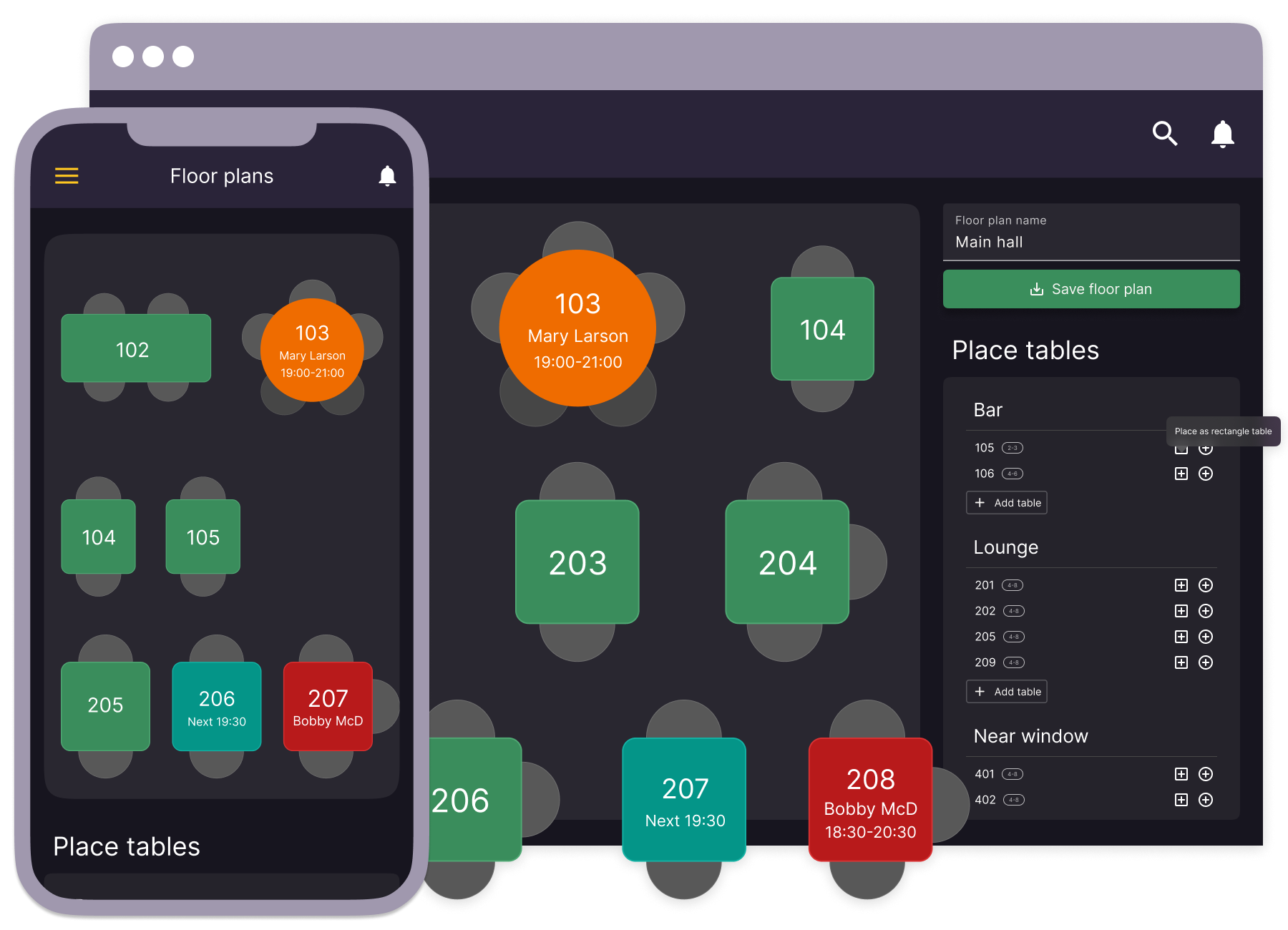
Maximise your dining space
Create smarter table layouts and serve more guests without adding square footage

Mistake #3: Poor online visibility
If customers can’t find you online, they won’t visit. It’s that simple.
What you can do:
- Claim and optimise your Google Business Profile
- Offer booking via Google Search using resOS
- Post regularly on Instagram, TikTok or Facebook
With resOS: Let customers book straight from Google search results by using Reserve with Google.
Mistake #4: Only accepting phone bookings
People want convenience. If your restaurant only takes calls, you’re missing out.
What you can do:
- Reduce phone dependency
- Let customers cancel or reschedule online
With resOS: Add a sleek booking widget to your website or social media. It handles reservations so you can focus on guests.
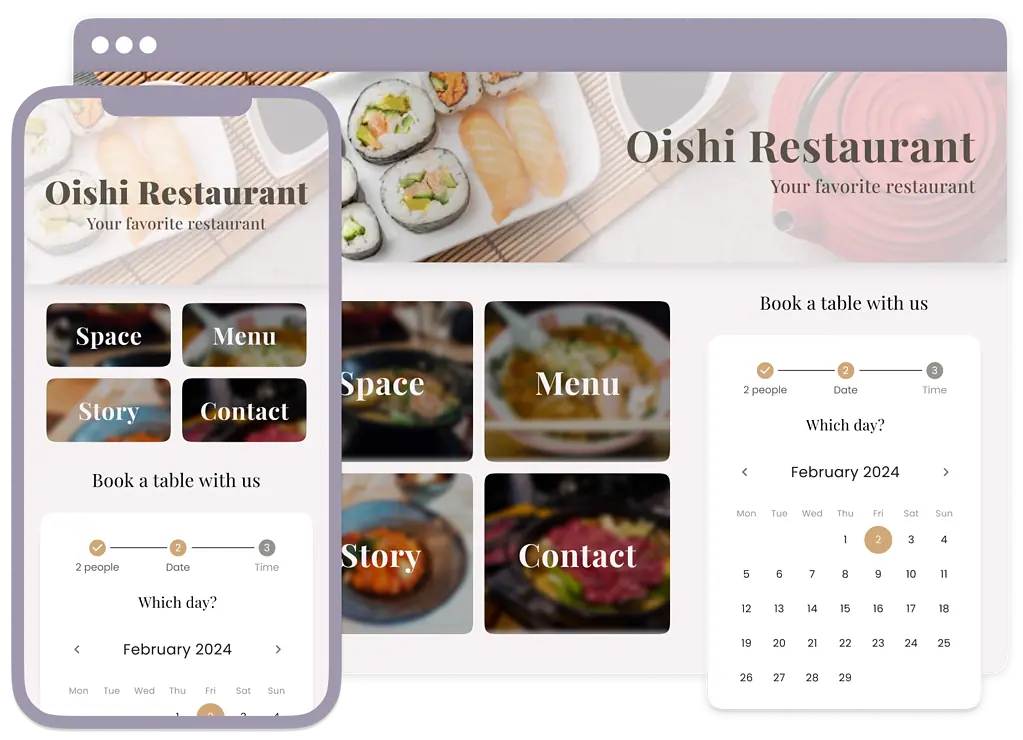
Mistake #5: Not using customer data
Loyal customers are easier (and cheaper) to retain than finding new ones. But are you making the most of your data?
What you can do:
- Track visit frequency
- Reward repeat guests with exclusive offers
- Send birthday or anniversary deals
Loyalty programmes don’t have to be complex. Even a simple buy 5, get 1 free system or an occasional thank-you dessert can go a long way in building customer relationships.
More advanced restaurants might track specific customer preferences—like wine type or favourite table—and personalise the experience.
With resOS: You can store customer notes, preferences, and past visits to automate loyalty incentives. Send out personalised email campaigns, offer returning guests special menus, or set up recurring offers based on booking behaviour.
*Bonus mistake #6: Ignoring no-shows
No-shows waste food, time and cost you money. But there are easy ways to reduce them—and plenty of restaurateurs have shared creative solutions.
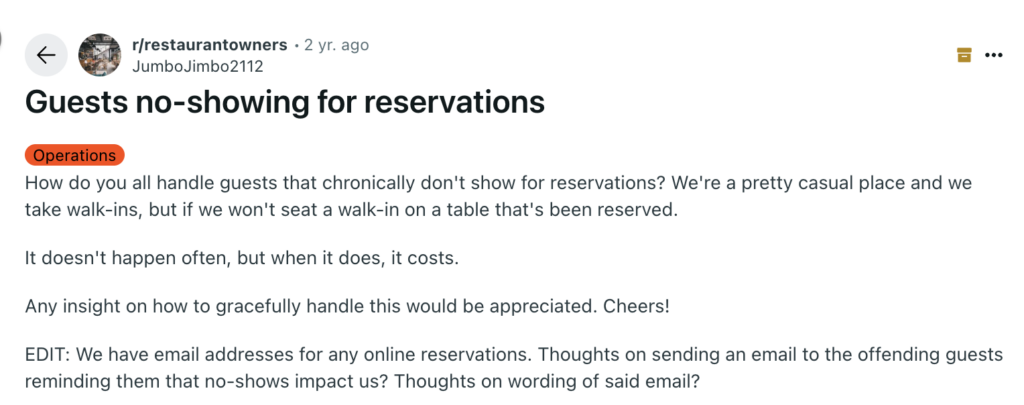
What you can do:
- Send confirmation texts
- Ask for prepayment or deposits during busy times
- Let guests cancel online instead of just ghosting
- Introduce a cancellation fee policy for all or large bookings
- Educate customers on how no-shows affect your operations
With resOS: SMS and email reminders are automatic. You can also set cancellation policies tailored to group size or peak hours.
Example: One Reddit user shared how they gradually tightened their cancellation policy—from requiring deposits for groups of 15+, then 10+, down to 6+, and soon plan to apply it to parties of 2+. In one month alone, they collected $1,000 from cancellation fees.

Small changes = Big results
Learning how to deal with slow sales in a restaurant isn’t about huge overhauls. It’s about noticing what’s not working and fixing it step by step.
With smart tools like resOS, you can:
- Update your menu instantly
- Organise tables better
- Boost online visibility
- Reduce no-shows
- Keep loyal customers coming back
